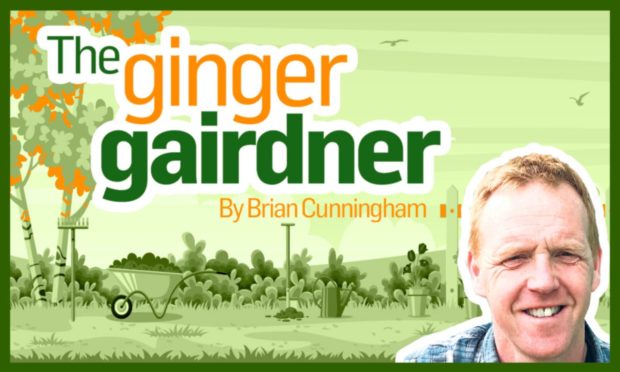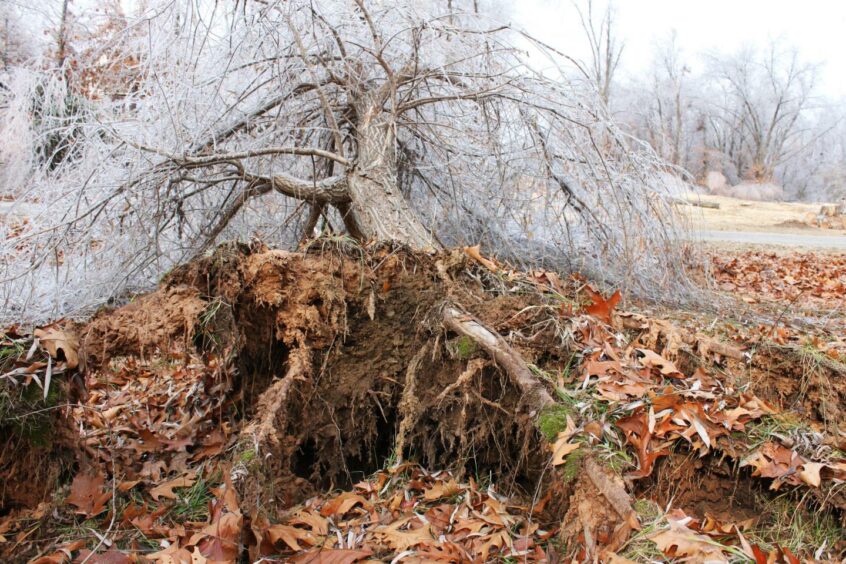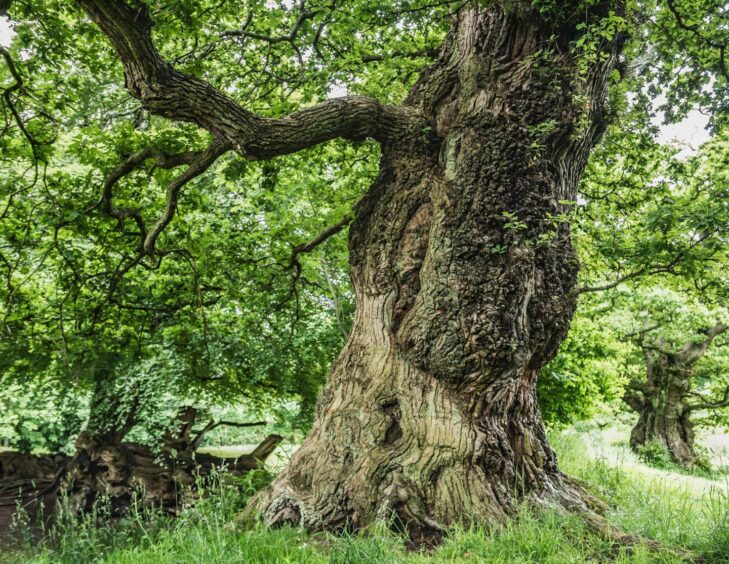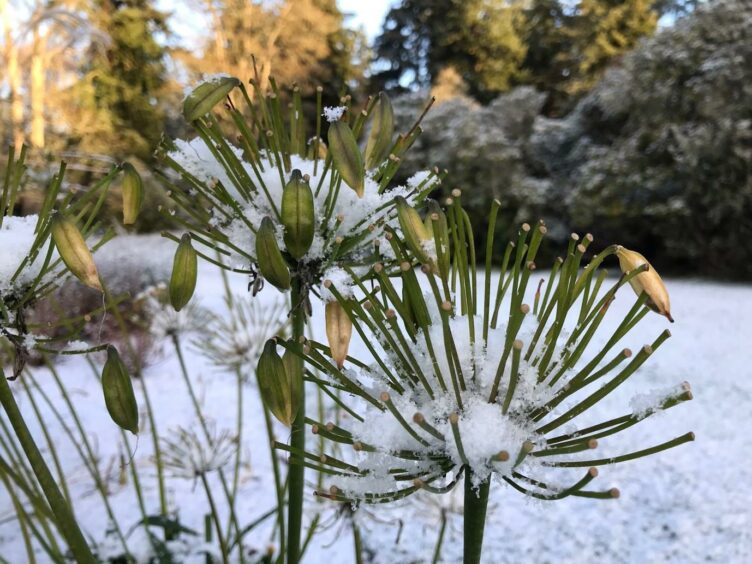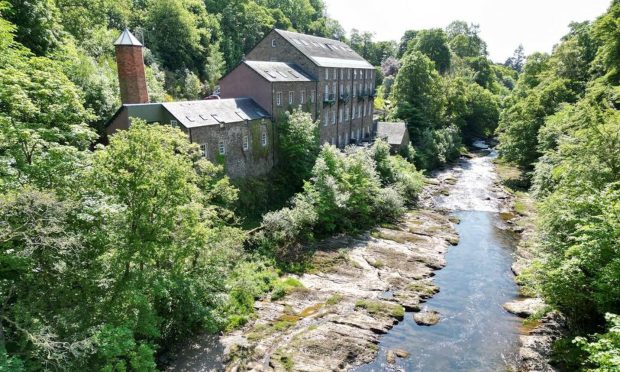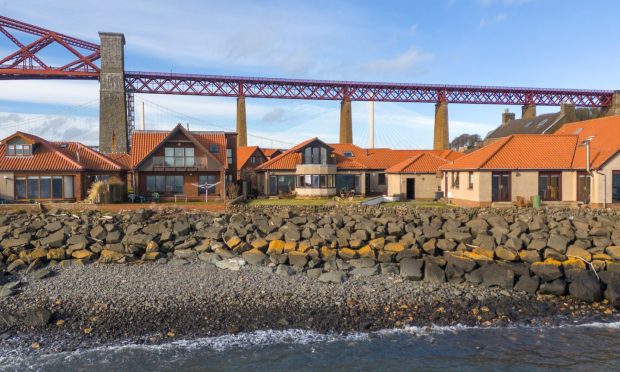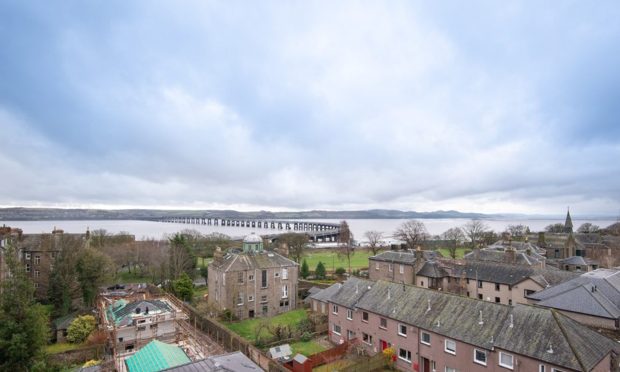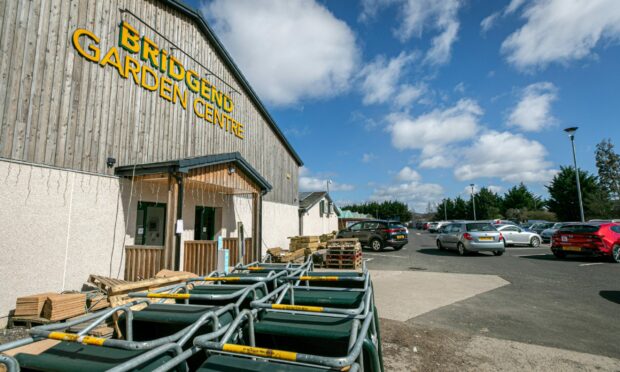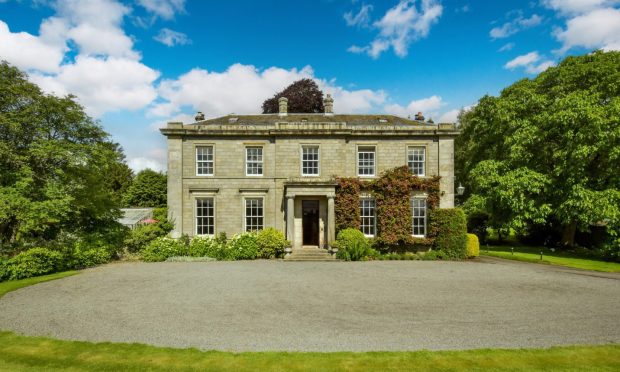The other week saw us and our gardens take a battering from Storm Arwen. It was the first storm of this winter season, lets hope it’s the last and not a taste of things to come.
It’s certainly the worst storm I can remember.
I just hate strong winds, I’ve a couple of reasons for this.
A main part of my day job involves looking after a large collection of trees and I don’t want to see any harm come to them.
I also live amongst these trees and the noise the wind makes blowing through them is constant, like a high speed train when it goes blasting past you – but it’s never-ending.
I find it very unnerving.
Of course the value of life and property comes first in these situations and thankfully my family we were all ok.
After the winds had settled I was eager to get out and survey the damage, where I found we had lost 10 big trees in the grounds of Scone Palace.
I like to think we provide a good level of care for our trees, but no matter how many safety checks or how much pruning and crown reduction we do, with sustained wind speeds over 60mph we are just at the mercy of Mother Nature.
The wind direction didn’t help
What didn’t help with this storm was the direction of the wind.
Our prevailing wind generally comes from is the south-west so trees naturally develop a root structure to cope with this.
The weather system that brought us Storm Arwen saw winds coming coming down from the north which combined with the unusual strength was just too much for many of them.
Although a couple of trees that came down were in the heart of the Palace grounds the majority of the casualties were on the north face, one corner in particular where we have lost six.
200-year-old oaks lost
It such a sad sight to see large oak trees, over 200 years old, toppled over like dominoes.
Yes, this corner is an exposed site, but the disappointing thing is the practises carried out in the past.
Many trailer loads of soil dumped were at the base of these trees and it has contributed to their demise.
The important roots of the tree, that help to feed and support it, are found in the top couple of feet/ half a metre of soil, under the surface.
By adding extra soil on top, the depth of the roots has increased so they can not function properly.
Ultimately less water has got down to the roots and they have been starved of oxygen. The roots have been slowly rotting away.
This was clear when I saw the exposed roots on the end of the trunk. They resembled a cotton bud on a stick, there was no large plate whatsoever to help support the tree.
Cars parked under trees at events
I find it so frustrating seeing marquees and cars parked under trees at large events around the country.
Even more so when they have ignored signs asking you not to park under them. It’s so important for a tree’s good health that we protect the area under the canopy.
I recently attended a talk on trees by Tony Kirkham, probably the UK’s authority on trees right now, due to his experience working with trees all his life.
He presented a brilliant analogy, which I thought was perfect for us Scots to help make sense of this.
How a tree is like a wine glass
Next time you’re having a glass of wine, take a good look at the glass and how it’s been designed.
It clearly follows the principles of a tree, with the cup being the tree crown, the glass neck being the trunk and the base being like the roots needed to keep it upright.
On the glass the base goes out as wide as the cup (well it does on the size of wine glass I drink from!) .
Any damage to the base would see the wine glass lose its balance and fall over, spilling out all that lovely wine.
I do hope you are not offended – nobody ever likes to hear about the loss of good wine no matter what the reason – but too often we take our trees for granted at a time when we need them more than ever.
After the worst storm in years, 24 hours later I opened the curtains to see snow lying on the ground and beautiful clear blue skies.
Surely this kind of thing can only happen in Scotland.
Instead of surveying devastation, my Sunday morning stroll saw me taking in the garden at its winter best.
Evergreen topiary from the box-ball standards give the it some structure.
The mahogany, peeling bark of the Tibetan Cherry tree was shining in the sun while the frosted seed heads of Miscanthus grasses and perennials such as joe-pye weed and Agapanthus stood out, bringing a different kind of interest to the garden.
It was just the morning after tonic I needed.
